In working with cleft palate teams as a volunteer and as a translator for my clients it became apparent that there were a number of simple strategies and small but important pieces of information that I learned that I wish I had known years before. These included certain cleft palate speech therapy techniques that would make my clients progress faster. Also, just simple knowledge about that overall process of surgeries and healing that would help me serve the families better.
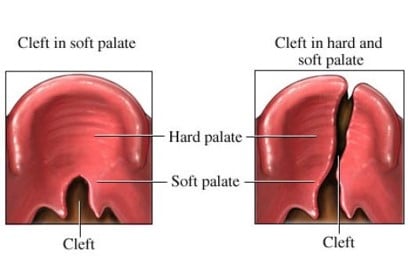
Here are the questions I asked and what you can use to evaluate and treat speech concerns more confidently:
What is the most important thing that a service provider should know?
Kids with clefts can’t generate pressure to make sounds. Normally they just say “muh.” We need to brush up on our anatomy and physiology so that we can provide good therapy.
What are some sample articulation goals for cleft palate?
At the beginning, before all the surgeries have taken place, we want to focus on speech therapy goals that target low pressure words such as:
| English: Hi Hello Hey Mommy More Me No Whoa Wow Honey | Spanish: Mamá No Mío Niña Niño Ojos En Mano Wawa – agua |
After surgery, it’s time to target high pressure words such as:
| English: Baby Boy Pop Pooh Pie Toy Doll Daddy Cookie Go | Spanish: Papá Bebé Boca Gato Todo Tú Tío Qué Ten |
The main thing is: Don’t wait to start speech therapy!!! You can still focus on placement so when the child has the surgery you are not starting from scratch. You would just expect to hear the nasal version of the sound.
For example: “baby” could be pronounced “may-me” – the placement is bilabial. Or “nanny” would be an acceptable version of “daddy” because you are training the dental placement of d/n but allowing the nasalized version of the sound because this is something that the child can’t control yet.
Taking it one step further, what are good iep goals for cleft palate?
There is one ah-ha you should have before writing iep goals or settling on any cleft palate speech therapy techniques. You have to focus on everything the child CAN do regardless of what stage of palate repair they are in. So….
1. A large repertoire of vowels
There is nothing about clefting or VPI that should reduce a child’s vowel spectrum. Secondly, having all of our vowels makes us a lot more intelligible. Take some data and see how many vowels they have. Children with a cleft rely heavily on “uh” and “muh.” Here’s a little test for you:
What word is “baby?” muh, muhmuh,or mayme
What word is “daddy?” muh, muhmuh, or mahme
What word is “teacher?” muh, muhmuh, or he-o
See where we are going with this? Focus on vowels. And don’t forget – English has 12, not 5.
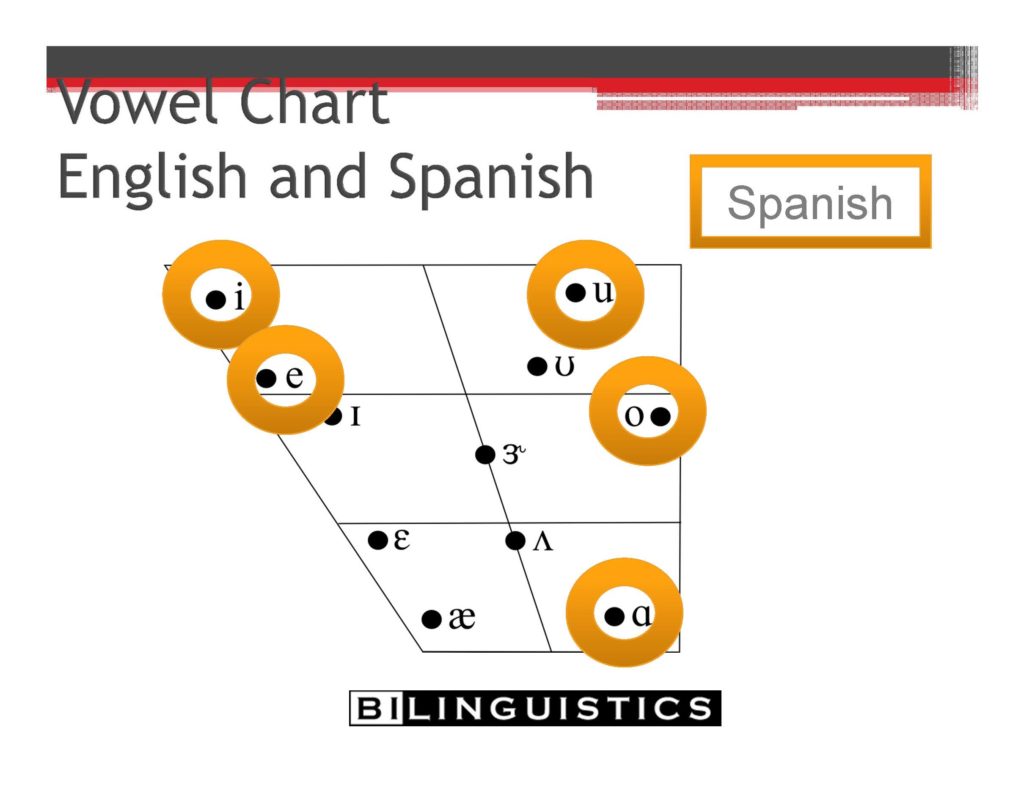
2. Placement
The fact remains that you will not get great pronunciation if air is going through the nose. Accept that and more on. Write goals that focus on placement. Here’s how it works:
Each placement has one nasal vowel. So, all sound from that placement should only be the nasal version.
Bilabial – any attempt at bilabial sounds (M,B,P,W) should be M. Baby = Mayme
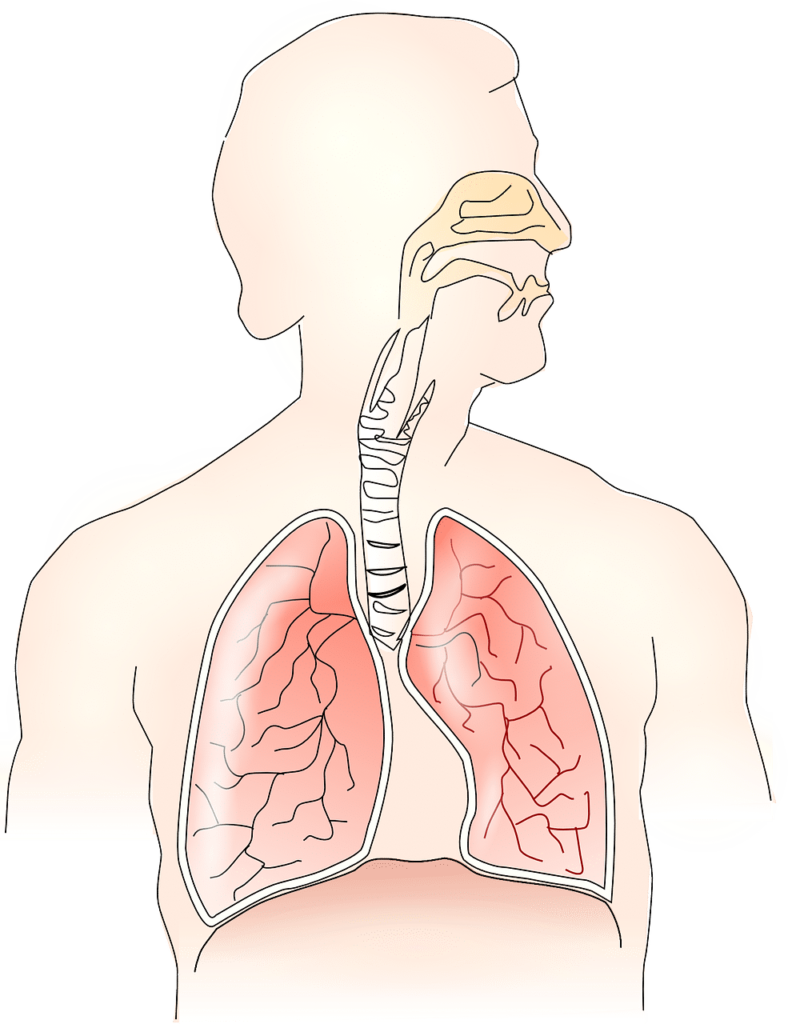
Dental – any attempt at dental sounds (N,T,D,L) should be N. Daddy = Na-Knee
Velar – this one is tough because many children rely to heavily on the throat and that is hard to remediate later. KID as an example can become a throaty HI. It is better to reduce the pressure and accept a deleted sound. So TACO can be NA-O or A-O. With two foods in front of you, this would be an acceptable choice.
3. Breath Support and Syllable Length
Air is lost due to clefting and VPI. That’s a fact that we can’t control. But, we can make a goal to train a child to use all the air available to them. Most of us rely too heavily on our lungs exclusively. Write a goal that teaches full diaphragmatic breathing with full lungs and an extended belly.
Added bonus: This is a quick way to get your children with clefts to experience success. Video record or time them making an AH sound. Then teach them simple elongated breathing techniques and watch their time triple and quadruple. A long breath can mean the difference between one, two, three, and even four syllables.
What are some good cleft palate speech therapy techniques?
The quickest way to find out what to focus on in speech therapy is to watch our online course about cleft palate speech therapy techniques.
Not to toot our own horn but in 90 minutes you will know how to quickly get data that gives you everything to focus on for the entire school year. The long story short is great speech therapy focuses on all of the underlying speech movements during fun activities that child experiences success. If you are focusing on something too difficult and these nine things are not in place, it can be demoralizing for your student.
The Top 9 IEP goals for cleft palate and VPI
- Vertical Jaw Movement
- Breath Support
- Anterior/Lateral Lip Movement
- Tongue Placement
- Phonation
- Imitation of a Movement
- Imitation of a Vowel
- Imitation of a Consonant
- Production of Sounds and Syllables
What are important details speech language pathologists should share with parents?
The second surgery normally occurs around 12 months so kids with clefts won’t develop speech sounds on time. Let the parents know that they should be looking for and practicing low pressure sounds to get the ball rolling.
Is there anything that the parents should know to make the team and surgery visits easier?
Keep the child’s hearing status up to date. Hearing issues like ear infections can delay speech even further and cause schedules to be pushed back or visits to be cancelled.
Is there anything problematic/difficult with family interactions that could be addressed by services outside of the team visits?
You need to do a full assessment to determine whether there are cognitive delays or other delays. Parents fear that their children are delayed in every way imaginable because of the cleft. Normally communication is the only main issue.
Spanish Cleft Lip and Palate Information for Parents
No need to reinvent the wheel when a knowledgeable source has organized information in Spanish that you can download or request printed copies. The American Cleft Palate Craniofacial Association LINK https://acpa-cpf.org/ has a page of free cleft palate fact sheets for us to access:
Cleft Palate Resources in Spanish
Spanish and English Cleft Lip and Palate Information for Speech Language Pathologists
There is really only one place to look to find amazing and comprehensive cleft lip and palate resources for SLPs. Dr. Kate Crowley at Columbia University organized instruction, information, speech screeners in several languages, and resources to share with parents and caretakers at the Leadership Project.
How Often Does Cleft Lip and Palate Occur? What is the prevalence?
Clefts occur in ~ 1/750 live births
Estimated prevalence of cleft lip and palate by type:
- Lip only 14%
- Palate only 37%
- Lip and Palate 49% (77% are unilateral left)
Estimated data by race:
- Asian and Caucasian populations more susceptible
- Black populations present with ½ the rate of Asians and Caucasians
- Hispanic data are inconclusive
What causes a cleft lip and palate?
It is important for us to understand the causes of cleft lip and palate to be able to support parents and explain to teachers This information is from Fraser, a geneticist from Montreal.
- Gene Mutation: Parents can carry a gene and the clefting is inherited For this reason, new parents often go to genetic counseling if there has been someone with a cleft lip or palate born in the family or if they believe that they have the predisposition for it.
- Chromosomal Aberrations: Such as Down’s Syndrome, not just a single gene but a whole section of the gene is affected
- Teratogenic Agents: “Monster-producing” this refers to drugs and the potential of certain drugs used in combination during pregnancy that can cause clefting. An example, phenytoin (Dilantin) for epilepsy and aspirin taken together work synergistically to cause clefting. Also FAS
- Multifactoral Inheritance: 2 problems combine to cause clefting such as a mother who drinks and a recessive gene.
- Mechanical Factors: A deformation in the development can cause the tongue not to drop down during development. Therefore the palate cannot fuse together.
Cleft Lip and Palate Speech Assessment and Intervention in Nicaragua
Here is an article on the work with cleft palate that Bilinguistics did with Austin Smiles in Nicaragua.

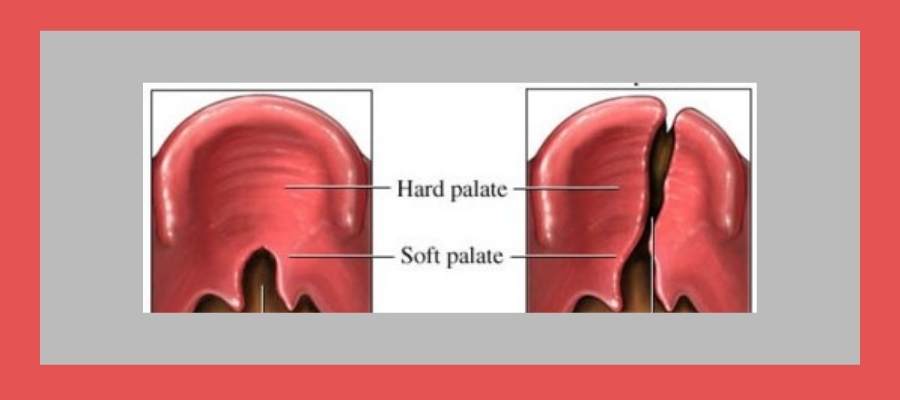
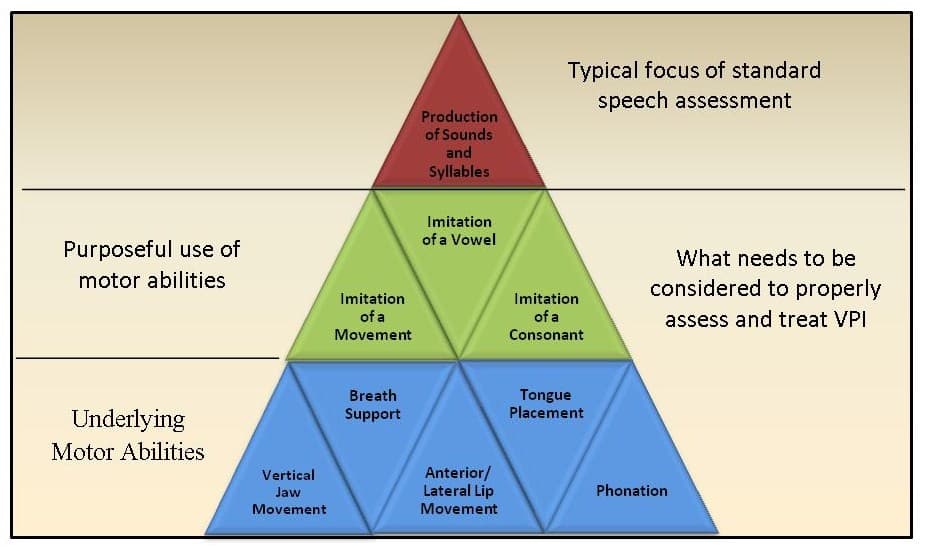

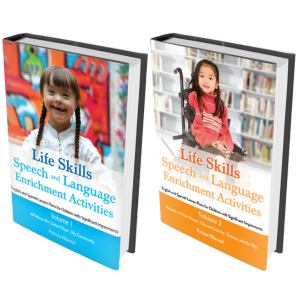
What a great resource! Thank you so much.
Excellent information! Thank you